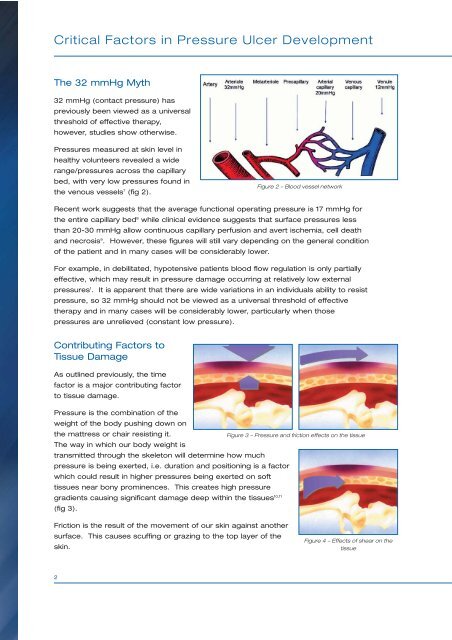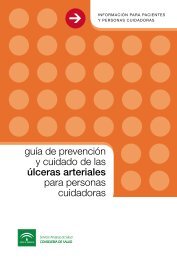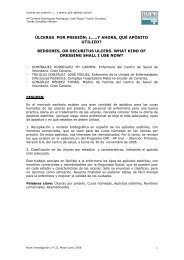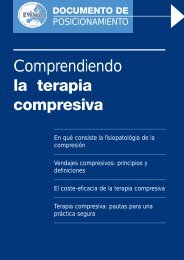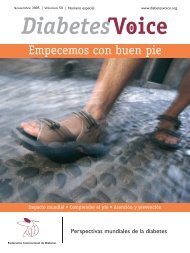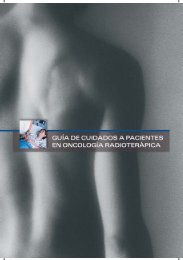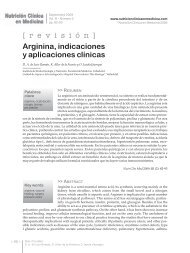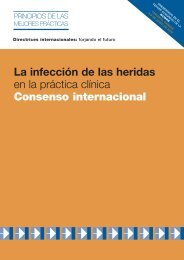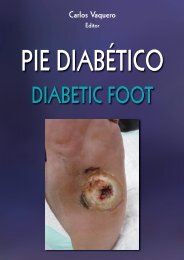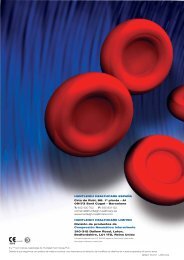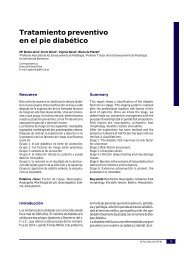HUNTLEIGH HEALTHCARE LIMITED Pressure Area Care Products ...
HUNTLEIGH HEALTHCARE LIMITED Pressure Area Care Products ...
HUNTLEIGH HEALTHCARE LIMITED Pressure Area Care Products ...
You also want an ePaper? Increase the reach of your titles
YUMPU automatically turns print PDFs into web optimized ePapers that Google loves.
Critical Factors in <strong>Pressure</strong> Ulcer Development<br />
The 32 mmHg Myth<br />
32 mmHg (contact pressure) has<br />
previously been viewed as a universal<br />
threshold of effective therapy,<br />
however, studies show otherwise.<br />
<strong>Pressure</strong>s measured at skin level in<br />
healthy volunteers revealed a wide<br />
range/pressures across the capillary<br />
bed, with very low pressures found in<br />
the venous vessels 7 (fig 2).<br />
Figure 2 – Blood vessel network<br />
Recent work suggests that the average functional operating pressure is 17 mmHg for<br />
the entire capillary bed 8 while clinical evidence suggests that surface pressures less<br />
than 20-30 mmHg allow continuous capillary perfusion and avert ischemia, cell death<br />
and necrosis 9 . However, these figures will still vary depending on the general condition<br />
of the patient and in many cases will be considerably lower.<br />
For example, in debilitated, hypotensive patients blood flow regulation is only partially<br />
effective, which may result in pressure damage occurring at relatively low external<br />
pressures 1 . It is apparent that there are wide variations in an individuals ability to resist<br />
pressure, so 32 mmHg should not be viewed as a universal threshold of effective<br />
therapy and in many cases will be considerably lower, particularly when those<br />
pressures are unrelieved (constant low pressure).<br />
Contributing Factors to<br />
Tissue Damage<br />
As outlined previously, the time<br />
factor is a major contributing factor<br />
to tissue damage.<br />
<strong>Pressure</strong> is the combination of the<br />
weight of the body pushing down on<br />
the mattress or chair resisting it.<br />
Figure 3 – <strong>Pressure</strong> and friction effects on the tissue<br />
The way in which our body weight is<br />
transmitted through the skeleton will determine how much<br />
pressure is being exerted, i.e. duration and positioning is a factor<br />
which could result in higher pressures being exerted on soft<br />
tissues near bony prominences. This creates high pressure<br />
gradients causing significant damage deep within the tissues 10,11<br />
(fig 3).<br />
Friction is the result of the movement of our skin against another<br />
surface. This causes scuffing or grazing to the top layer of the<br />
skin.<br />
Figure 4 – Effects of shear on the<br />
tissue<br />
2


